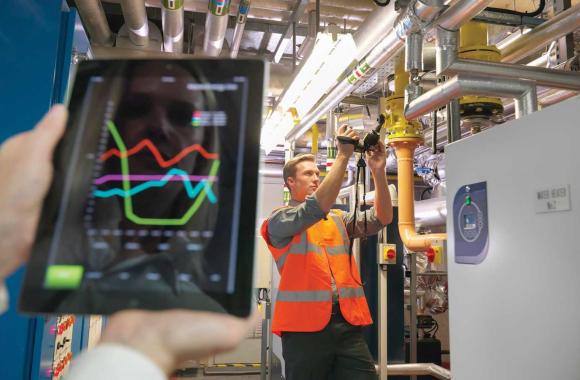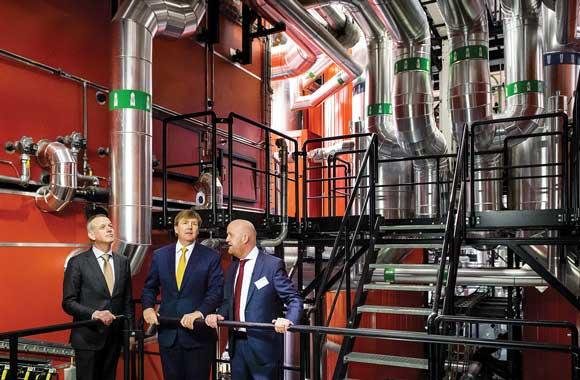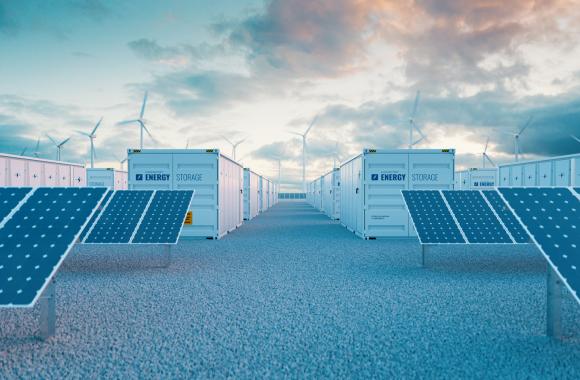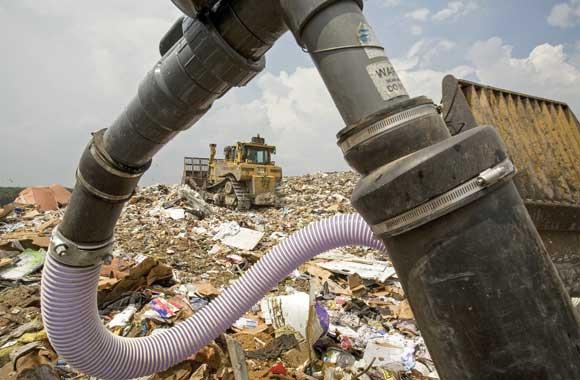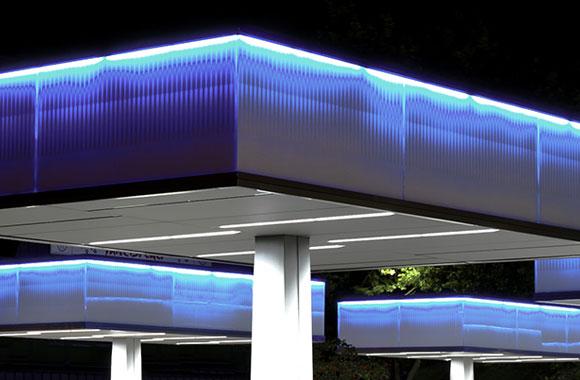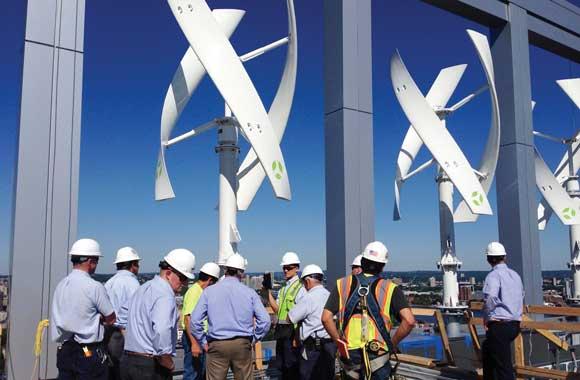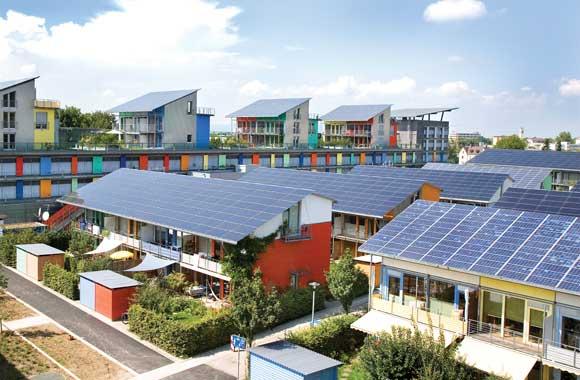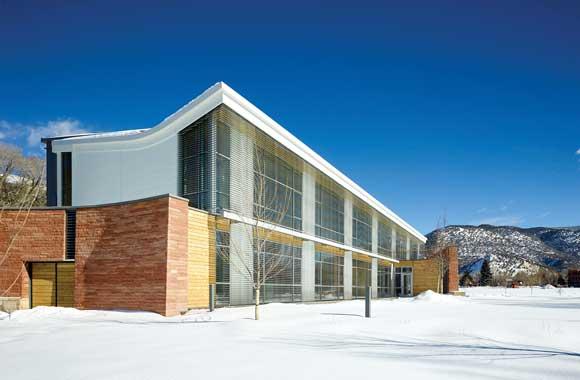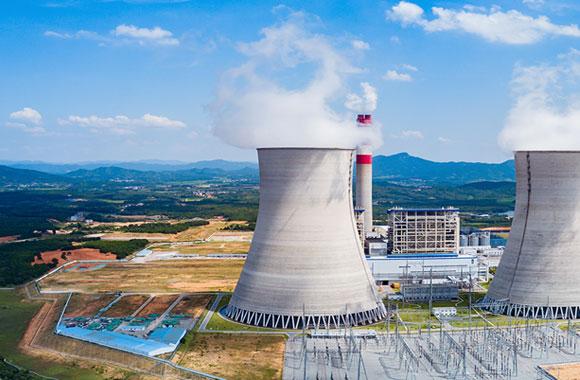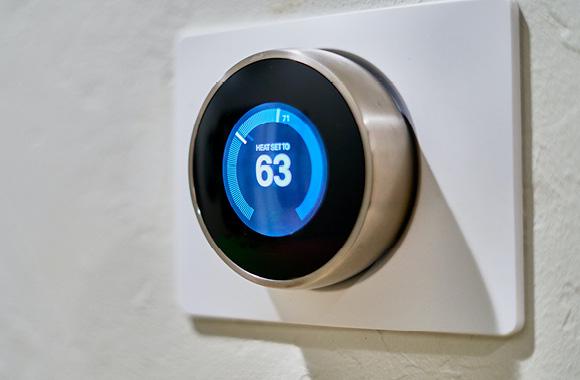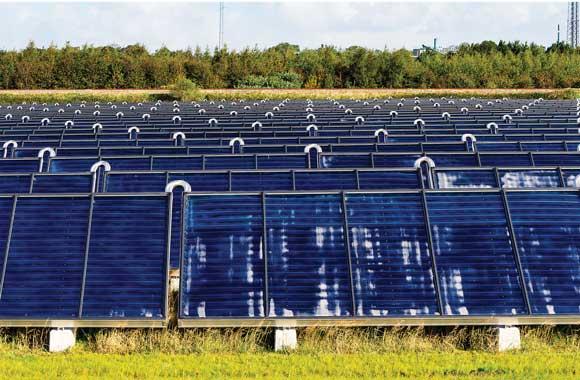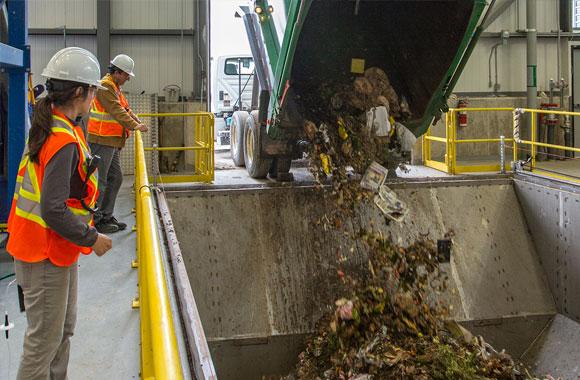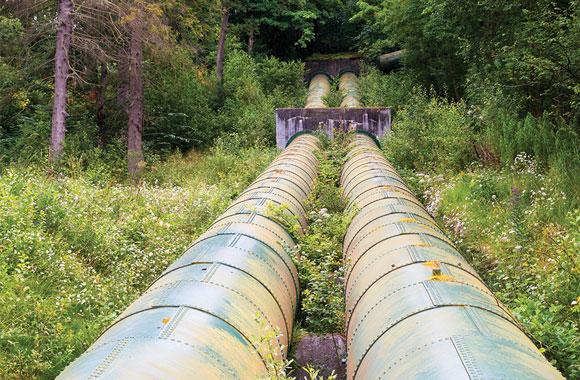Biomass Power
Biomass feedstock can replace fossil fuels for generating heat and electricity. Perennial biomass offers a “bridge” to a clean, renewable energy future.
Reduced/Sequestered
2020–2050
To Implement
Operational Savings
Impact
This analysis assumes all biomass used for electricity generation is derived from perennial bioenergy feedstocks—not forests, annuals, or waste—and replaces conventional coal, oil, and natural gas. By 2050, biomass power could avoid 2.62–3.59 gigatons of carbon dioxide equivalent emissions with associated marginal first costs of US$56.48–69.24 billion. As clean wind and solar power combined with energy storage become more available in a flexible grid, the need for biomass power may decline in some regions.
Introduction
Project Drawdown’s Biomass Power solution involves the use of perennial biomass to generate electricity and heat. Biomass energy trades in carbon that is already in circulation, cycling from atmosphere to plants and back again. It produces net-zero new emissions, so long as use and replenishment remain in balance. This solution replaces conventional electricity-generating technologies such as coal, oil, and natural gas power plants.
Perennials are generally defined as plants that live three or more years. Various life-cycle assessments (Searchinger et al., 2008; DeCicco et al., 2016) have shown that annual bioenergy crops such as corn are not much better than fossil fuel energy sources in terms of climate and energy impacts. Perennial grasses, on the other hand, have naturally high productivity, need fewer chemicals and water, and are not food crops; hence, many governments are choosing them as future energy farming systems (El Bassam, 2010).
Methodology
This analysis focused on perennial biomass power. It modeled both woody and herbaceous plants as the main source of feedstock for dedicated electricity generation and combined heat and power generation.
Total Addressable Market
We based the total addressable market for the Biomass Power solution on projected global electricity generation from 2020 to 2050. The total addressable market is different for our two adoption scenarios because Scenario 2 projects extensive electrification of transportation, space heating, etc., dramatically increasing demand and therefore production of electricity worldwide.
We estimated current adoption (the amount of functional demand supplied in 2018) at 0.28 percent of generation (73 terawatt-hours). We derived this number from solid biofuels and bagasse data (IRENA, 2018), attributing 20.2 percent perennials based on a meta-analysis of data from several sources (El Bassam, 2010; NREL, 2011; Turconi et al., 2013).
Adoption Scenarios
We calculated impacts of increased adoption of biomass power from 2020 to 2050 by comparing two growth scenarios with a reference scenario in which the market share was fixed at current levels.
- Scenario 1: This scenario follows a medium growth trajectory derived from the biomass and waste electricity generation projections of IEA (2017) Energy Technology Perspectives 2DS and B2DS scenarios; IEA (2018) World Energy Outlook SDS; and Equinor (2018) renewal scenario using a medium growth trajectory. The solution accounts for 498.93 terawatt-hours of generation (1 percent of the total addressable market).
- Scenario 2: This scenario takes a high growth adoption trajectory from the same scenarios and sources. The solution accounts for 607.62 terawatt-hours of generation (1 percent of the total addressable market).
Financial Model
All monetary values are presented in 2014 US$.
We used many peer-reviewed sources to determine capital and operating costs. We based emissions estimates on a few studies that focused on electricity production from perennial feedstock such as miscanthus and willow short-rotation coppice. We assumed an average installation cost of US$3,386 per kilowatt with a learning rate of 7.6 percent, reducing the cost to US$2,928 per kilowatt in 2030 and US$2,723 in 2050, compared with a weighted average of US$1,786 per kilowatt for conventional fuels such as coal, natural gas, and oil. We used an average capacity factor of 69 percent, compared with 57 percent for conventional fuels. Operation and maintenance costs were US$0.012 per kilowatt-hour and fixed costs, US$91.39 per kilowatt, compared with US$0.005 and US$34.7, respectively, for conventional fuels. We used an average fuel cost for biomass of US$0.0143 per kilowatt-hour, compared with US$0.049 for a weighted average of the conventional fuels.
Integration
In integrating biomass with other solutions, we adjusted the market for electricity generation technologies to account for reduced demand resulting from the growth of energy-efficient technologies (e.g., LED Lighting and High-Efficiency Heat Pumps) and increased electrification from other solutions such as Electric Cars and High-Speed Rail. We based grid emissions factors on the annual mix of electricity-generating technologies over time. We based emissions factors for each technology on a meta-analysis of multiple sources, including both direct and indirect emissions.
A straightforward comparison of our adoption and emissions results with those of other models is not possible because others use aggregate numbers for biomass and waste.
Results
Net first costs to implement Scenario 1 are US$56.48 billion from 2020 to 2050, with US$218.83 billion in lifetime savings. Under this scenario, this solution could reduce 2.62 gigatons of carbon dioxide equivalent greenhouse gas emissions from 2020 to 2050.
Net first costs to implement Scenario 2 are US$69.24 billion from 2020 to 2050, with US$287.99 billion in lifetime savings. Scenario 2 reduces greenhouse gas emissions reductions over 2020–2050 by 3.59 gigatons of carbon dioxide equivalent.
Discussion
Biomass energy is a “bridge” solution—one that can complement wind and solar power until energy storage grows and the grid becomes more flexible. It is crucial to manage the drawbacks of biomass energy through regulation.
While the carbon savings from biomass power may not be tremendous, the modeling did not account for technologies that include carbon capture and storage. Despite the robust adoption projections available for total biomass and waste, the wide array of electricity-generating technologies and biomass fuels and unknowns related to the share of perennial crops used bring significant uncertainty.
References
DeCicco, J., Danielle, M., Liu, Y., Heo, J, Krishnan, R., Kurthen, A., & Wang, L. (2016). Carbon Balance Effects of U.S. Biofuel Production and Use. Climatic Change 138 (3–4): 667–80. doi:10.1007/s10584-016-1764-4
El Bassam, N. (2010). Handbook of Bioenergy Crops: A Complete Reference to Species, Development and Applications. London ; Washington: Earthscan.
Equinor. (2018). Energy Perspectives 2018, Long-term macro and market outlook. Equinor. Retrieved from: https://www.equinor.com/en/news/07jun2018-energy-perspectives.html
IEA. (2017a). Energy Technology Perspectives 2017 : Catalysing energy technology transformations. International Energy Agency. Paris. Retrieved from : https://www.iea.org/etp2017/
IEA. (2017b). Technology Roadmap: Delivering Sustainable Bioenergy. Paris: International Energy Agency.
IEA. (2017c). IEA Bioenergy Response to Chatham House report “Woody Biomass for Power and Heat: Impacts on the Global Climate”. Retrieved from www.ieabioenergy.com: http://www.lfpdc.lsu.edu/publications/bits/2018/20180914c-IEA-Bioenergy-Response-toChatham-House-report.pdf
IEA. (2018). World Energy Outlook 2018. International Energy Agency (IEA). Retrieved from: https://webstore.iea.org/world-energy-outlook-2018
IRENA. (2018). Renewable Energy Statistics 2018; Retrieved on 15 November 2018 from https://www.irena.org/publications/2018/Jul/Renewable-Energy-Statistics-2018. Abu Dhabi: IRENA.
IRENA. (2018a). Global Energy Transformation : A Roadmap to 2050; Retrieved on 15 November 2018 from https://www.irena.org/-/media/Files/IRENA/Agency/Publication/2018/Apr/IRENA_Report_GET_2018.pdf
IRENA. (2018b). Power Generation Costs in 2017; retrieved on 25 November 2018 from https://www.irena.org/publications/2018/Jan/Renewable-power-generation-costs-in-2017. Abu Dhabi: IRENA.
IRENA. (2018c). IRENA : Renewable Energy Topic; featured Dashboard. Retrieved from: http://resourceirena.irena.org/gateway/dashboard/
IRENA. (2019). Global energy transformation: The REmap transition pathway (Background report to 2019 edition), International Renewable Energy Agency, Abu Dhabi.
NREL. (2011). Life Cycle Assessment Harmonization. National Renewable Energy Laboratory. Retrieved from: http://en.openei.org/apps/LCA/.
Searchinger, T., Heimlich, R.,Houghton, R.A., Dong,F., Elobeid, A., Fabiosa, J. Tokgoz, S.,Hayes, D. & Yu, T.H. (2008). Use of U.S. Croplands for Biofuels Increases Greenhouse Gases Through Emissions from Land-Use Change. Science 319 (5867): 1238–40. doi:10.1126/science.1151861.
Turconi, R., Alessio, B. & Thomas, A. (2013). Life Cycle Assessment (LCA) of Electricity Generation Technologies: Overview, Comparability and Limitations. Renewable and Sustainable Energy Reviews 28 (December): 555–65. doi:10.1016/j.rser.2013.08.013.
What You Can Do
If you own farmland, look into the pros and cons of producing perennial biomass for fuel.
Share this page with your local utility or a nonprofit organization promoting biomass energy.
- Expand your knowledge by exploring another Drawdown solution.
Co-benefits
Access to the clean and affordable energy biomass power provides supports education, health care, agriculture, and small businesses.
Deploying this climate solution stimulates local economies and creates employment opportunities. The installation, operation, and maintenance of renewable energy systems require skilled labor, creating jobs and contributing to economic growth.
Shifting to clean and renewable energy sources reduces indoor and outdoor air pollution, which is a significant health concern in many developing countries. By replacing traditional fuels like wood and coal with cleaner alternatives improves air quality, reducing respiratory illnesses and related health issues.
In developing countries, this solution expands access to modern and reliable energy services, enabling communities to meet basic energy needs such as lighting, cooking, heating, and powering essential services like health-care facilities and schools.


